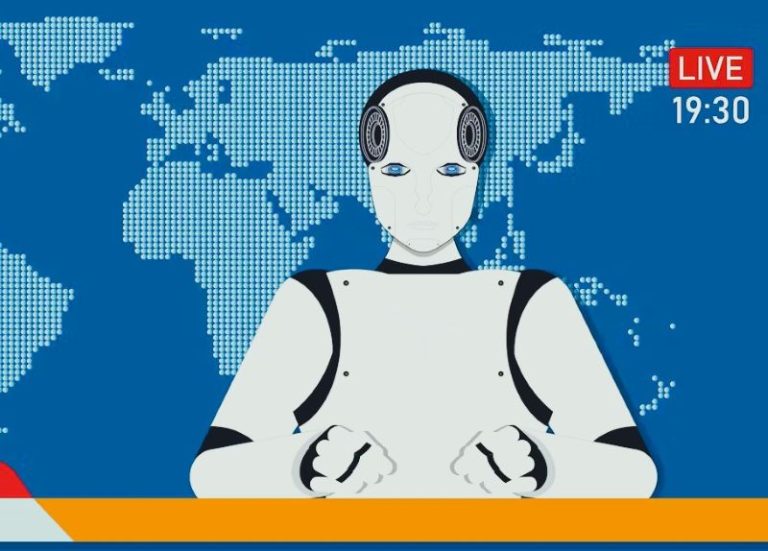

A shakeout could leave fewer but stronger players, potentially accelerating the pace of meaningful innovation once the noise subsides.

By Matthew A. McIntosh
Public Historian
Brewminate
A Meteoric Rise
In just five years, the number of artificial intelligence unicorns, startups valued at over $1 billion, has skyrocketed from a handful of pioneering firms to a sprawling herd. Data from CB Insights shows that as of mid-2025, there are around 498 AI unicorns globally, collectively valued at about $2.7 trillion. The capital flowing into the sector has been staggering, with venture funding for AI-related companies topping $300 billion in 2024 alone.
The speed of this expansion is reminiscent of the dot-com boom of the late 1990s. Then, as now, a potent mix of technological promise, investor exuberance, and a fear of missing out on “the next big thing” has driven valuations to dizzying heights. The narrative is seductive: AI is the future, and the companies that harness it will define the economy of the next century. Yet that same narrative is drawing scrutiny from analysts who worry that growth is outpacing both innovation and profitability.
The Engines Behind the Boom
There is no denying that AI has leapt from niche research labs into the center of global commerce. Generative models now write advertising copy, draft legal documents, design new materials, and assist in drug discovery. Autonomous systems manage logistics networks, optimize manufacturing processes, and even serve as creative partners to artists and filmmakers.
This rapid diffusion of capabilities has created an unusually fertile environment for startups. Cloud-based AI infrastructure, open-source models, and a deep pool of machine learning talent have dramatically lowered the barriers to entry. A new company can scale from prototype to global product in months, attracting nine-figure funding rounds before turning a profit.
Investors are betting that in a winner-take-all market, early dominance matters more than early earnings. That mindset has fueled a funding race in which valuations are often based on projected market capture rather than current revenue streams.
Signals of Saturation
With so many companies pursuing similar goals, personalized assistants, AI-driven analytics, creative tools, autonomous platforms, the market is beginning to show signs of crowding. The same handful of large-language-model providers supply the core technology to many of these unicorns, raising questions about differentiation.
Moreover, not all valuations appear to rest on solid ground. Some are already facing steep customer acquisition costs and slower-than-expected adoption outside early tech-savvy circles.
The parallels to past speculative frenzies are difficult to ignore. A glut of venture capital can drive companies to expand too quickly, chase unprofitable markets, or prioritize growth metrics that look impressive on paper but fail to translate into sustainable business models.
Global Competition and National Ambitions
The AI unicorn boom is not confined to Silicon Valley. China has its own swelling ranks of billion-dollar AI firms, many backed by state funding and integrated into national strategic initiatives. Europe, often more cautious in its investment approach, has nonetheless seen a surge in AI valuations, particularly in health tech and industrial automation.
This international dimension adds another layer of complexity. Countries are not only competing for technological leadership but also seeking to shape regulatory environments that favor their domestic players. Such jockeying could fragment the global AI ecosystem, creating regional silos rather than the seamless, borderless marketplace envisioned by early internet pioneers.
The Coming Reckoning?
The critical question is whether the current wave of AI unicorns will mature into the economic anchors that their valuations imply or whether the sector is hurtling toward a correction. History suggests that bubbles rarely deflate gently. Yet even in past crashes, the underlying technologies, from railroads to the internet, endured, eventually reshaping the economy once the speculative excess burned away.
For AI, the stakes may be higher. The technology is not just a new industry but a transformative force for nearly every industry. A shakeout could leave fewer but stronger players, potentially accelerating the pace of meaningful innovation once the noise subsides. For now, the herd continues to grow, each new billion-dollar announcement fueling the belief that AI’s golden age has arrived. Whether it is a sustainable age or merely a speculative season is something the next few years will decide.
Originally published by Brewminate, 08.20.2025, under the terms of a Creative Commons Attribution-NonCommercial-NoDerivatives 4.0 International license.


